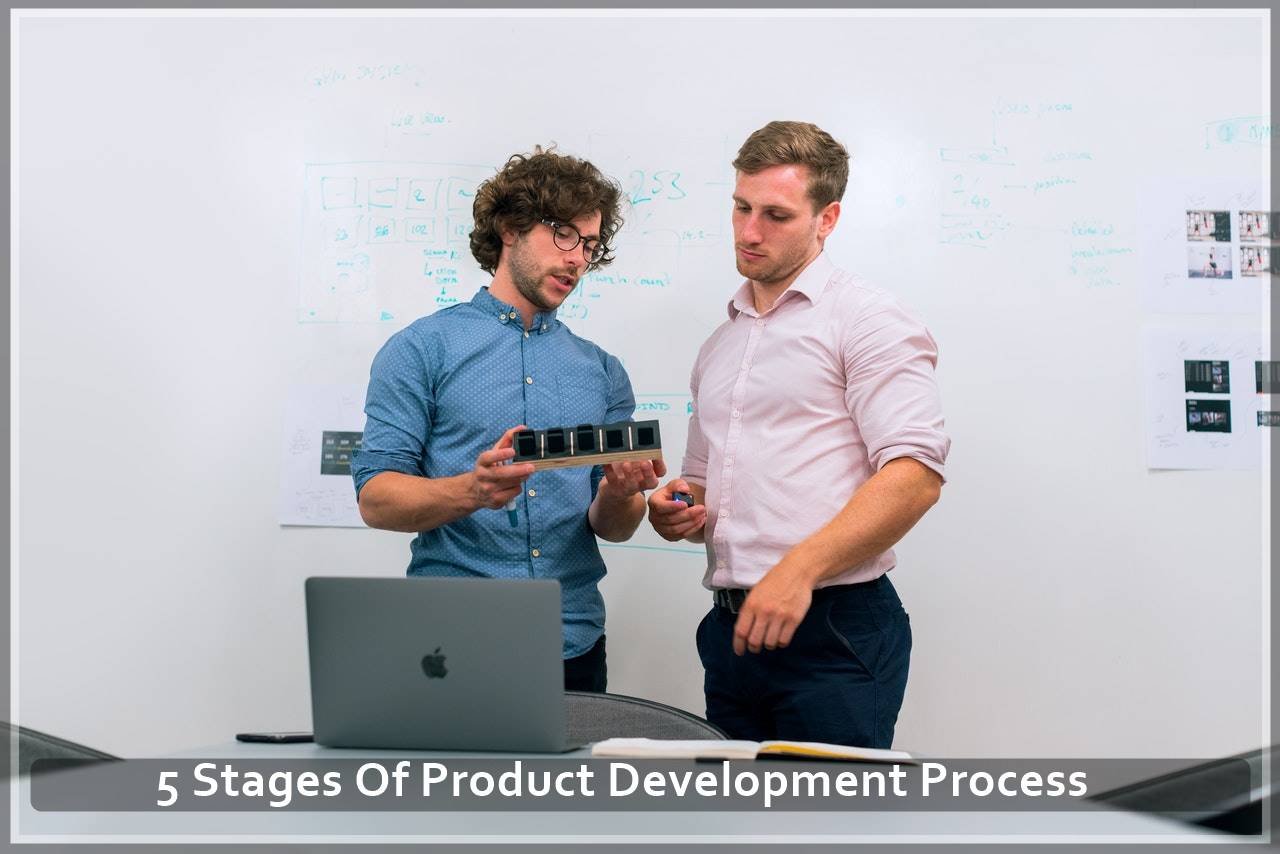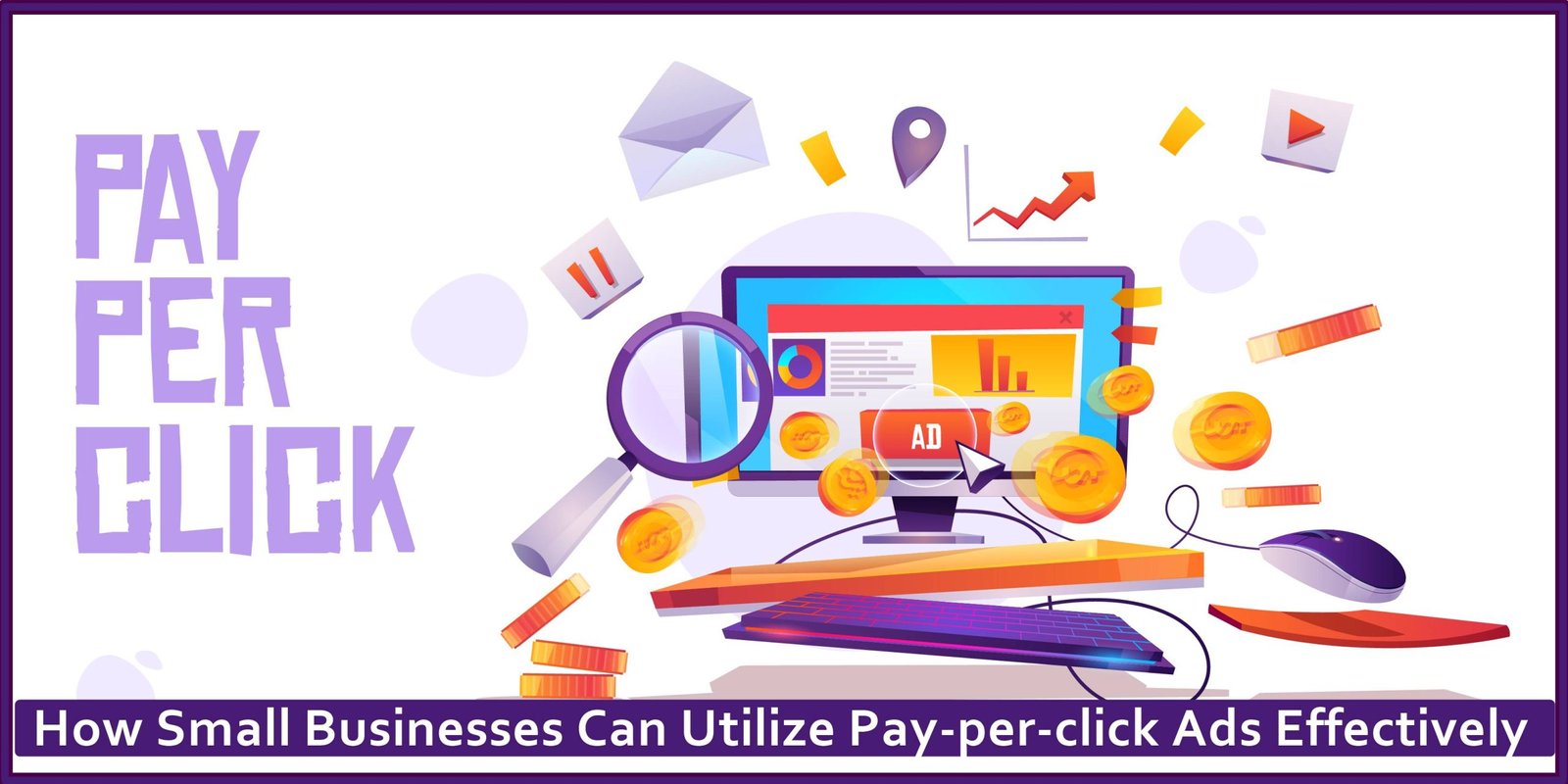Now that you have the next revolutionary idea, taking it to the market and ensuring a successful market launch, reception is no easy task. Often entrepreneurs get ahead of themselves and jump on to creating that perfect product that will smash all sales records. However, no one talks about market rejection and failure.
In this post, we will talk about five helpful stages of the product development process that can help you take your ideas from conception to completion and eventually, to the market.
1. Brainstorming & Ideation
One of the primary steps of any product or service development process is ideation or idea generation. This is where you and your team collaborate to generate new and innovative product ideas.
The goal of the brainstorming and ideation step is to come up with and validate the business ideas with which you intend to solve a business problem. As a part of this step, an entrepreneur or a product manager should be able to answer questions such as who the customer is, what specific needs the product will satisfy, or how you may communicate the value of the product.
Managers can leverage SWOT analysis for this purpose and boost the efficacy of the product’s ideation stage. By performing a SWOT (Strengths, Weaknesses, Opportunities & Threats) analysis on different sets of ideas, you can discover the idea’s potential and avoid committing resources to the wrong product for the target market. In simpler terms, the goal here is to determine the viability of different ideas as per internal & external market conditions.
2. Product Definition
Now that you’ve zeroed down on a few innovative and promising ideas, it is time to pass them through an objective screening process. There is no denying that not every idea is perfect to become a product.
Companies need to identify the most promising idea out of the bunch and discover whether it’d satisfy the essential business use cases. To test the market for your idea, companies can consider sending out online surveys, conducting polls and product giveaways, SWOT/PESTEL analysis, running targeted ads, and much more.
Once you’ve all the information and selected the idea to take to the market, it’s time to create a product development roadmap via a professional roadmap template and lay the foundation for the product implementation. Managers can divide the development of the big idea into several epics, milestones, and tasks and plot these on the roadmap to provide a bird’s eye view of the development to stakeholders.
3. Proof of Concept or MVP

The proof of concept or minimum viable product (MVP) step is the one that justifies the company’s investment in the development of a product. Here, product teams join hands to make a detailed business plan, perform extensive research and create formal engineering plans. It is then the product is developed or manufactured as per the finalized design. This is not a full-fledged product but, as the name suggests, a minimal product or a prototype.
Read how to unlock your product’s potential with Ingenuity Design’s industrial design services
Creating MVPs helps companies attract early-adopter customers who see potential in the full-fledged product. It allows companies to gather user feedback, iterate the development, improve the product and create a full-fledged product to support business goals and objectives. In simpler terms, the business owner can determine how well the MVP was received in the market and then decide to undertake a large-scale production.
4. Testing & Validation:
Once the development of the prototype or MVP is done, the next stage is comprehensive testing. This is where you stress-test the final product to determine its design robustness and ability to meet users’ demands. The testing goes hand-in-hand with the design requirements finalized in stage 2. Moreover, presenting the test results and validations is important as your stakeholders will be paying utmost attention to those.
Now, rather than presenting overwhelming numbers to the stakeholders & executives, product managers can capture the test results in professional-looking SlideModel templates and ensure engaging testing and validation meetings. Testing & validation is perhaps the important step in the whole product development pipeline since it determines whether the product encompasses the quality and reliability which is needed to solve the problem.
5. Commercialization & Rollout:
Now that the testing of the new product is done, the company is satisfied with the performance along with stakeholders, and it’s time for product commercialization and rollout! The process involves further development of the MVP into an actual product that the end customers can use. Moreover, companies also need to take care of the customer and technical support.
By the time the product goes live, you should be ready to provide whatsoever support required related to the product. The product, upon launch, is followed by dedicated sales & marketing strategies that enable companies to extend the product’s reach, maximize the earning potential, and achieve a higher return on investment (ROI).
Wrapping It Up:
Now that the product is in the market and potential customers have started showing interest and coming aboard, the work is not over. Product managers must establish a feedback mechanism involving tracking customer usage and other vital key performance indicators (KPIs) to improve the product on the go. Although no plan is perfect, the steps discussed above can help you create a visionary roadmap and kickstart your product development process in no time.






